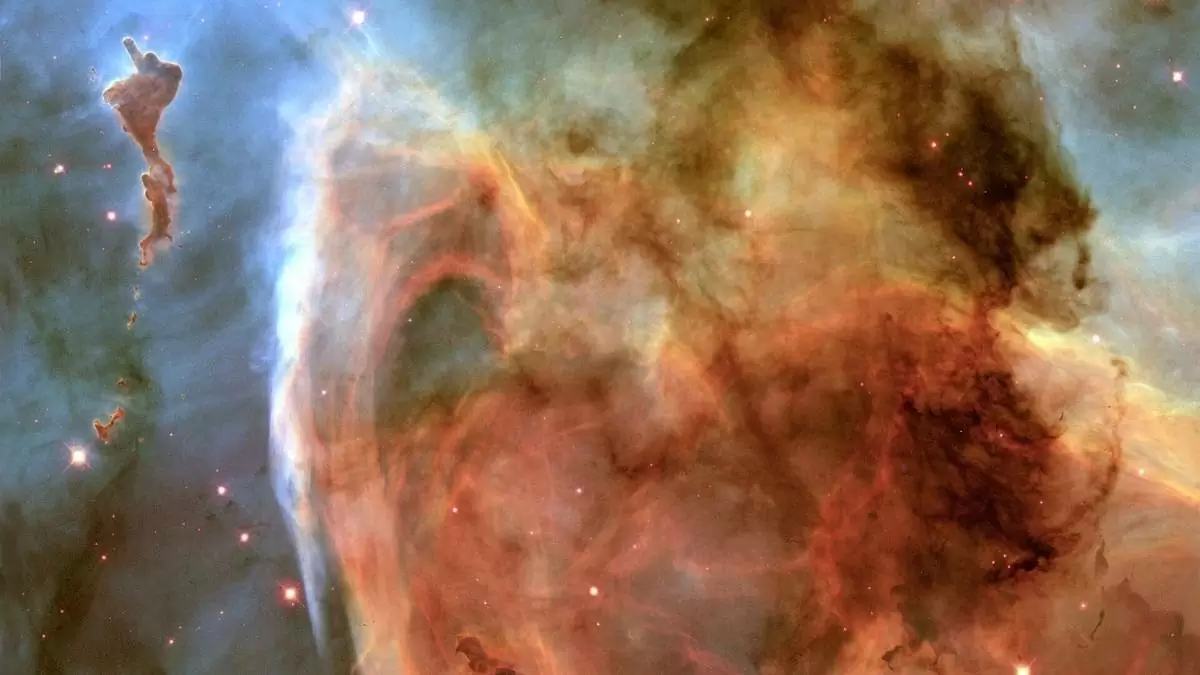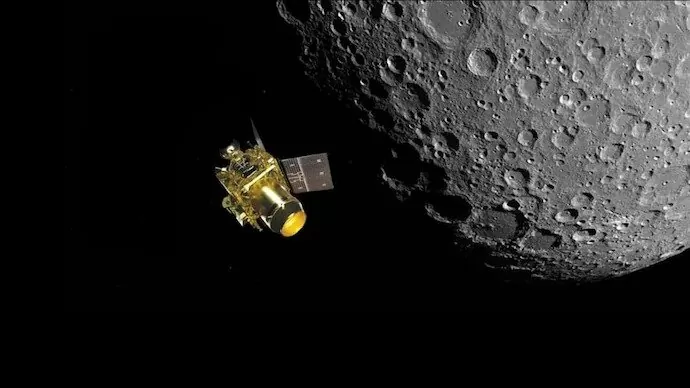James Webb Space Telescope: 10 Images That Stunned the World
The James Webb Space Telescope (JWST) is the largest space telescope ever created and deployed in space for observation by NASA on the 25th of December 2021 from French Guiana. Orbiting 1.5 million kilometers from Earth at the second Lagrange point, JWST observes primarily in infrared, allowing it to see through intervening dust and thus study the birth of the first galaxies, stars, and planetary systems.
Its features include a 6.5-meter gold-coated mirror and high-precision instruments to map out objects in the space with higher resolutions. James Webb Space Telescope (JWST) has provided spectacular pictures of some of the intentions, external planets, and other structures in space, such a discovery has enriched astronomy and knowledge concerning space.
10 Stunning Images by James Webb Space Telescope
NASA’s James Webb Space Telescope (JWST) has provided a golden goose of an opportunity where images that have flooded in have radically altered the perception of the universe. JWST’s state-of-the-art infrared capabilities have given us breathtaking peeks into the cosmos and give us our best look yet at the universe.
Starting with formations of new stars in various nebulae to the structures and patterns inside even distant galaxies, every picture enriches our understanding of space and the cosmos.
Since JWST allows us to look through the dust curtains and receive light that has never reached the Earth billions of years ago astronomers have received an invaluable tool. Here are those remarkable pictures that present the marvels of our universe in a way that has not been seen before.

1. The Pillars of Creation
But one of the most famous photographs taken by JWST is the Pillars of Creation in the Eagle Nebula around 6,500 light-years away. These gigantic pillars of hydrogen and dust can easily be described as the birthplaces of stars. Through its infrared capacity, JWST has lifted the veil of the dense cocoon, and Hubble has observed young stars within it and made observations concerning the initial phase of stellar evolution.

2. Stephan’s Quintet
JWST captured a stunning view of Stephan’s Quintet, a group of five galaxies engaged in a cosmic dance. This image showcases the intricate gravitational interactions between galaxies, leading to star formation and the distortion of galactic structures. The detailed observation offers a window into the dynamics of galactic evolution and the role of such interactions in shaping the universe.

3. The Carina Nebula
With JWST, the Carina Nebu-forming region of the Milky Way has been highlighted to astronomers. The images seen by the telescope capture various shapes and forms of the gases and dust particles in the nebula, due to the prolific radiation emission from newborn huge stars. Observations allow consideration of the processes of star formation and stellar feedback on the environment.

4. Southern Ring Nebula
This research features JWST’s Southern Ring Nebula, a planetary nebula, which occurs when a star reaches the final stage of its evolution, expelling the outer shells. At the center of the image, we can see the white dwarf, encased in rings of gas and dust. Such information is essential when investigating the evolution of stars and the enhancement of the interstellar medium with heavier elements.

5. Jupiter’s Auroras
JWST has turned its gaze to our solar system, capturing detailed images of Jupiter. The telescope’s observations highlight the planet’s auroras, rings, and atmospheric dynamics in unprecedented detail. These images contribute to our understanding of Jupiter’s complex magnetosphere and its interactions with solar winds.

6. Cartwheel Galaxy
The Cartwheel Galaxy, named for its striking resemblance to a wheel, JWST, reveals its intricate structure resulting from a past galactic collision. The image showcases the galaxy’s bright core, star-forming outer ring, and the transitional area between them. Studying such galaxies helps astronomers understand the outcomes of galactic mergers and the subsequent star formation processes.

7. Cosmic Cliffs in the Carina Nebula
Dubbed the “Cosmic Cliffs,” this region within the Carina Nebula presents a breathtaking landscape of towering gaseous formations. JWST’s imagery reveals the interactions between intense ultraviolet radiation from young stars and the surrounding gas and dust, leading to the sculpting of these structures. This observation provides insights into the feedback mechanisms that regulate star formation.

8. Neptune’s Rings
James Webb Space Telescope has provided the clearest view of Neptune’s rings in over three decades. The telescope’s infrared imaging capabilities have captured rings and dust bands, offering a fresh perspective on this distant ice giant. These observations are vital for understanding the composition and dynamics of Neptune’s ring system.

9. Tarantula Nebula
Also known as 30 Doradus, the Tarantula Nebula is a colossal star-forming region in the Large Magellanic Cloud. JWST’s detailed imagery reveals thousands of young stars, protostars, and the complex web of gas and dusebula its name. This observation aids in studying star formation in environments similar to the early universe.

10. Exoplanet Atmospheres
One of JWST’s groundbreaking achievements is the detailed analysis of exoplanet atmospheres. By observing the starlight filtering through an exoplanet’s atmosphere, JWST can identify the presence of providing insights into the planet’s composition, weather patterns, and potential habitability. This capability marks a significant advancement in the search for life beyond our solar system.
The James Webb Space Telescope continues to astound the scientific community and the public with its remarkable images and discoveries. Each observation not only for the understanding of the universe but also inspires a sense of wonder about the cosmos. As JWST continues its mission, we can anticipate even more groundbreaking revelations that will deepen our appreciation of the vast and intricate universe we inhabit.








